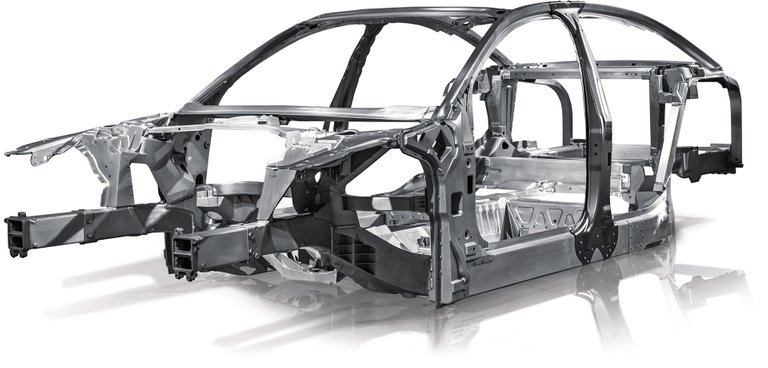Pretty good article. I would explain it shortly like:
The faster the deceleration the harder the hit.
If you decelerate from v= 27.78m/s roughly 60 miles/h to 0 in s= 1 metre (3.3 feet): s = 0.5*∆v/t *t² leads to t = 0.072s deceleration time. Which equals in this case 385.8 m/s² which are 39G. Normal roler coasters have up to 3G which equals experiencing 3 times the own body weight.
Now if we decellerate in 0.5 metres (1.6 feet) the G number doubles to 79G what makes it less likely to survive the impact. If the car had no crumpling zone the G-number rises extremely and that extremely loweres the chance to survive because of the high loads effecting the body.
Target is to achive a constant and low deceleration. To achive that the car companys use struts like on the left side of that picture:
They absorb most of the impact energy of a frontal crash. On the other side the passenger compartment should be very stiff in order to keep the passengers from beeing squished.

Thank you for the inclusion of the G-aspect.